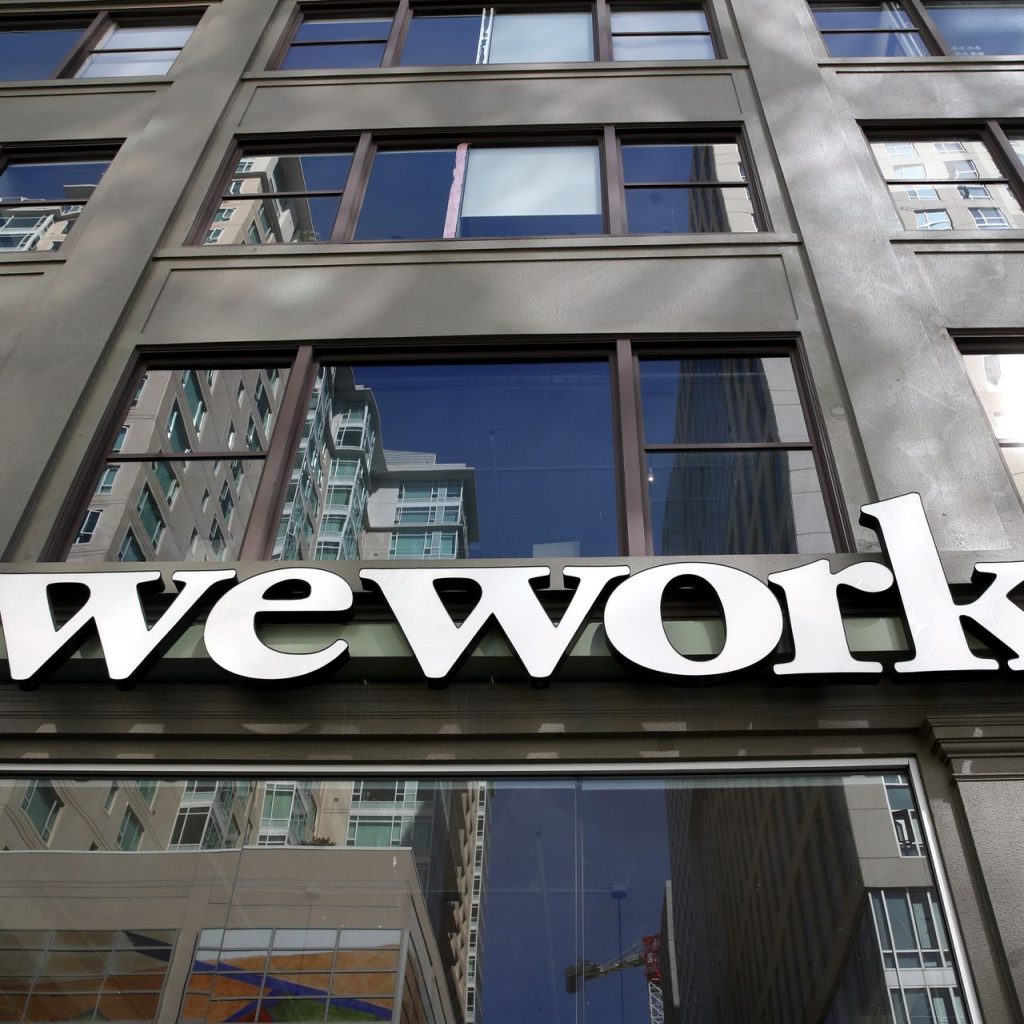According to the Federal Reserve, we’re living in a wonderful non-inflationary sort of world that the Fed has completely under control.Perhaps that’s true in Washington D.C., where fiction frequently becomes reality and statistics can be molded to fit any agenda. But for those of us living in the real world, the signs of inflation have been flashing red for quite some time and appear to be anything but under control . . . .
Signs of Inflation
Here are some signs of rising inflation before our very eyes, listed in no particular order of importance:
Raw Materials
Oil prices rising – In February 2016 the price of West Texas Intermediate (WTI) crude was just under $30 per barrel. Today the price of a barrel of WTI sits around $70.
Gas prices rising – The average price of a regular grade of gasoline in the U.S. is $2.91 per gallon. In January 2017 gas averaged $2.36 per gallon. Rising gas and oil prices also affect a myriad of other businesses and services, including the transportation, energy, and manufacturing sectors.
Consumer Electronics
iPhone pricing – Speaking of manufacturing, the price of an iPhone has been going up, up, up even though sales have been slowing down. Two years ago, an iPhone was about $650. Today the price of an iPhone Xs Max starts at $1,099 and goes all the way up to $1,449 with maximum storage capacity.
Postal Service
The U.S. Postal Service is proposing a 10% increase on first-class stamps. This would be the largest percentage increase in over 30 years.
State Taxes on Online Sales
Ordering online from companies such as Amazon, eBay, Etsy, and Overstock has become more expensive thanks to a U.S. Supreme Court ruling in June. The Court has agreed that states have the right to collect sales tax from internet sales. Passing through these taxes to the consumer will increase the cost of online orders by an average of 8% or more, depending on the state.
Real Estate
Home prices rising – After bottoming out in 2012 median home prices across the U.S. have increased by nearly 80%. In many markets buyers simply can’t afford to purchase and are increasingly opting to rent.
Rents rising – But renting where one lives isn’t nearly the affordable alternative that it once was. In 2012 residential rents in the U.S. averaged about $1,000. Today average national rents top $1,400 per month.
Consumer Debt
Credit card debt and late payments rising – According to credit-reporting bureau TransUnion, since 2014:
- The number of credit cards consumers hold has increased by about 15% – from 364.2 million in 2014 to 418.6 million
- Average debt per credit card holder has increased by 6% to $5,644
- Accounts that are 90 days or more delinquent now stand at 1.87%, up from 1.48% in 2014
Wages & Unemployment
Part of the reason that people are borrowing more is that wages haven’t been keeping up with inflation. But that’s slowly beginning to change.
Amazon raises its minimum wage – Jeff Bezos recently announced that Amazon would raise its minimum wage to $15 per hour effective November 1st, a move that will affect more than 350,000 of its workers in the U.S.
Tight job market is driving up wages – Unemployment recently hit a 39-year low. While that’s great news for job hunters, it also means that businesses will need to pay more to attract and keep skilled workers. According to the National Federation of Independent Business, this year 37% of small business owners are raising wages.
Is the Fed Finally Getting What It Wants?
The Federal Reserve has been saying for quite some time that inflation is just too darn low. The rising yield on the 10-Year Treasury Bond shows that’s changing. One year ago, almost to the day, the 10-Year was yielding about 2.4%. Today the yield is 3.23%, an increase of over 30% in one year. Rising T Bill rates result in rising interest rates, making everything more expensive.
Do You Remember The 1970s?
Back in the 1970s unemployment was also at an historical low, debt was skyrocketing (although not nearly at the levels that it is today), and bond yields were rising. And life was wonderful, as the Federal Reserve says it is today.
Then, seemingly from out of nowhere, in 1973 economic stagflation hit most of the Western world, putting an end to the Post-World War II economic expansion of the past 30 years.
Baseball and The Economy
Even if you’re not a Boston Red Sox fan, the World Series presents a great analogy for the economy.
Ivory tower experts keep saying that we’ve got one or two extra ‘economic’ innings left to play. But the reality is the game is over – as the Red Sox well know. Meanwhile, investors have been patting themselves on the back and celebrating their investment expertise, while in reality the champagne bubbles are fizzling out.




